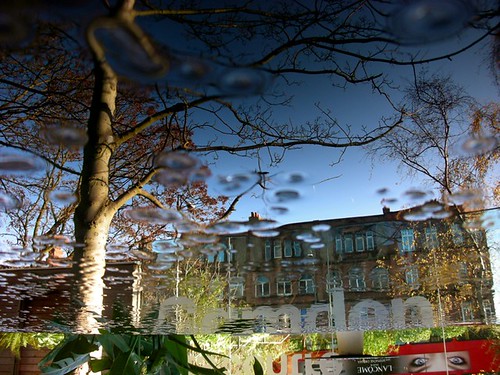Photography is an intimidating subject for many people, although it is an enticing art to many. Anyone can take a photo, but to take great photos you need the right skills. This article will give you a few tips and hints to improve your photography skills.
Try out new ideas, and don’t shy away from taking original photos. An excellent picture needs to have its own personal style to it. Show this point of view to the rest of the world. There are many classic photographs that depict their subject in the same way. Don’t let yourself fall into that category. Be creative, and shoot from unusual angles.
If you are thinking about becoming a photographer for real, you will need the dSLR. The relatively new camera utilizes a single lens, yet allows you to preview the images right away. For the most detailed pictures and largest image sensors, you want to invest in a full-frame DSLR.
Try to create an impression of depth in your landscape photos. Have a person or an object in the foreground to provide an idea of scale for your image. You can increase the overall sharpness of your picture by using a small aperture set appropriately for the type of camera you are using.
Keep your arms close to you while holding the camera, and position your hands on each side and the bottom of the camera. Much clearer photos will result, as the hand shaking will be minimized. Having your hands and arms placed like this also reduces the chances that you will get bumped or drop the camera.
Even though the foreground of a photograph is what people see, a lot of people that take photographs focus on only the background in a picture of a landscape. Add some interesting elements or colors to your foreground to create a better frame for your landscape.
Shutter Speed
This next piece of advice is helpful! Educate yourself on what shutter speed is and how to manipulate it. A camera comes with a variety of settings. P,M,A and S are some of those options. P is for program mode. The program mode allows you to set up the shutter speed and the aperture automatically. Select the “P” mode when you’re not really sure what you’ll be shooting.
Practice taking pictures of people. It’s important and often legal that you gain permission before taking someone’s picture. Pictures like these help you to find more vivid memories when you look back, even if at the time the people seemed unremarkable. It’s a great idea to focus on the unique styles and expressions visible in each individual picture.
While you are traveling, photograph memorable souvenirs that you have purchased on-the-go. Make separate photo albums for each trip you have photographed. You can tell the story about your souvenirs from the pictures and enjoy the memories once again from home.
Detail some notes on your camera settings when you are taking photos. Sifting through hundreds of photographs, you may have a difficult time remembering the emotions and thoughts that you were experiencing when you snapped each picture. Keep a notepad handy and write down which number your photo is and a description.
Figure out the best blend of aperture, ISO and shutter speed. These are the three features that drive the exposure of the photographs you take. Unless you’re trying for a particular effect, you probably want to avoid taking shots that are over- or under-exposed. Have a play with these features and the changes they can make to your photos until you discover what combination of the three you like the best.
Try to put your models at ease as much as you can, particularly if you are not acquainted with them. Some people may feel threatened by the person taking their photograph, making them uneasy. Be courteous and friendly and make sure you ask permission before photographing. Help people see photography as an art form, not as a way to invade their privacy.
One way to exercise your creative muscles is to put limits on how you take pictures. For instance, you can base a whole set of pictures around a specific subject. Take that goal one step further, by take 100 different and unique photos of the same subject, or in confined quarters. By doing this, you will start to think more creatively and create photos that are unusual.
Most often, your subject looks directly into the camera lens. You can take more interesting pictures by asking your subject to focus their attention on a point outside the camera’s field of view. Another thing you can do is have the subject look at something in the frame, rather than at the camera itself.
Every landscape photo should include three important traits. They are a background, mid ground and a foreground. These elements are a fundamental concept of photography, as well as many other art forms.
Try to have frames in each of the shots you take. Not like a picture frame, but something more natural that focuses the eye. If you are attentive, you can find “frames” within the environment that make your subject stand out. Practicing this technique will help you to better your composition skills.
At this point, you should have enough knowledge to do great and be able to succeed with photography. This article is full of great advice, but that advice will only benefit you if you use it.

Hello.This post was extremely fascinating, especially since
I was searching for thoughts on this issue last Sunday.